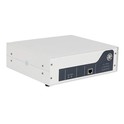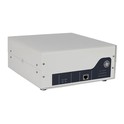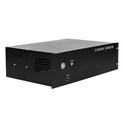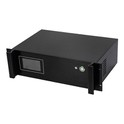Ultrasonic cleaning technology first appeared in the early 1930s, when technicians in a laboratory of the American Radio Corporation in New Jersey, USA, tried to clean certain objects with a homemade simple ultrasonic cleaning system, but the experiment was unsuccessful. On this basis, ultrasonic cleaning technology made great progress in the 1950s, when the ultrasonic working frequency used was between 20 and 40 kHz. Ultrasonic waves in this range are used in thousands of different working occasions, many of which are occasions where other cleaning methods cannot work well. Ultrasonic waves can exert very huge energy on workpieces, especially suitable for removing dirt firmly attached to the substrate. However, in some cases, the strong energy of ultrasonic waves can also damage the substrate materials that are fragile and sticky with dirt. In the past decade, some technological innovations have appeared in the field of ultrasonic waves, which have improved the safety factor of removing dirt from sensitive substrates. During this period, ultrasonic technology, especially medium and high frequency ultrasonic cleaning technology, has made new developments and has become a highlight of the industry.
In recent years, people have found that megasonic waves (according to the different frequencies of ultrasound, 40 kHz and below are called conventional or low-frequency ultrasound, and those above 1,000 kHz are called high-frequency ultrasound, also known as megasonic waves, or megasonic waves for short) can be used to remove ultrafine dirt particles on the surface of semiconductor materials without damaging the surface of the base material. At present, this technology has been rapidly popularized.
May 14, 2024
Historical development of ultrasonic cleaning
Send Inquiry






